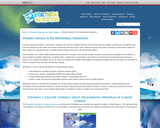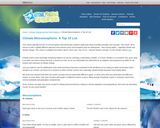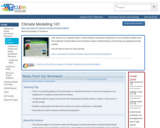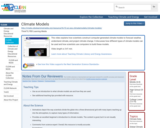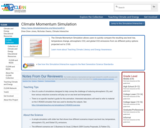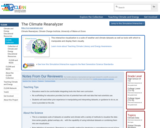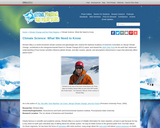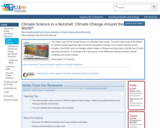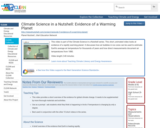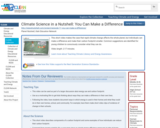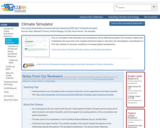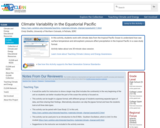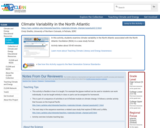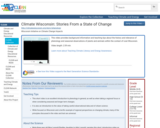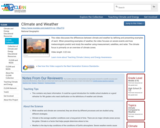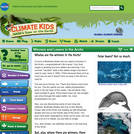
Arctic warming produces biological winners (whales) and losers (polar bears). This article explains why they are impacted differently and includes supplemental images. This lesson is part of the Climate Kids website, a NASA education resource featuring articles, videos, images and games focused on the science of climate change.
- Subject:
- Atmospheric Science
- Ecology
- Forestry and Agriculture
- Geoscience
- History
- History, Law, Politics
- Life Science
- Oceanography
- Physical Science
- Material Type:
- Lecture
- Provider:
- NASA
- Provider Set:
- NASA Wavelength
- Date Added:
- 11/05/2014
